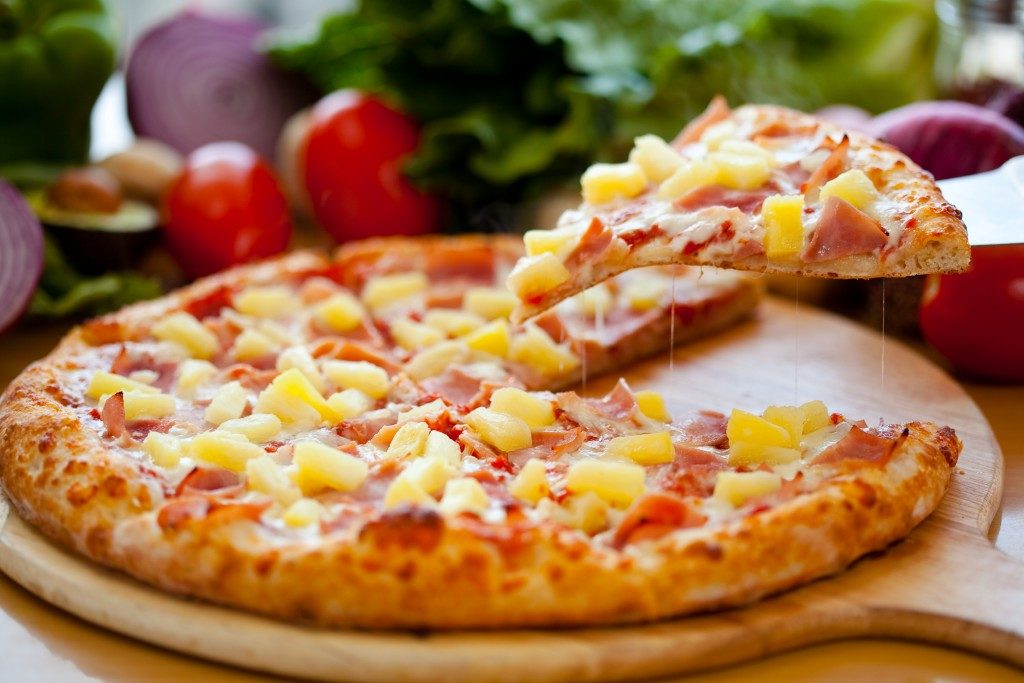Through food displays, you can achieve two things: attract your desired audience and convey the overarching style of your food presentation. From bowls and boards to buckets and baskets, food display products are designed to help you curate a setup that entices the eyes and highlights the feast, turning your vision into a reality.
When it comes to food displays, wood is one of the most commonly used materials. Wood is revered for its durability, versatility, beauty and sustainability. Whether you’re going for a rustic-themed design or a modern minimalist affair, wood never fails.
Just remember that not all kinds of wood will fit your needs. There is a wide range of wood varieties on the market – it’s important to pick the right one for your food displays. Below are five of the most popular kinds of wood:
Pine
Pine is a kind of softwood that is an ideal choice for food displays. Aside from being a natural, biodegradable and compostable alternative to plastic, they are also grease-resistant, making them easy to clean and store after use. Because of their versatility and easy assembly, pine food display items are also excellent for transport.
Bamboo
Originating in Asia, bamboo is one of the most famous materials for food display products. Its smooth finish and neutral colour complement a wide range of decor. They are also the perfect solution for taking a stand as an environmentally responsible business or catering eco-conscious groups and organisations. Plates, cutlery, resin trays or any other product in food displays that handle wet food are often made of bamboo.
Ash
A type of hardwood, ash can withstand bending and restructuring according to the requirements of a food display. Ash is often used to create chairs with curved backrests as well as products with rounded corners and unusual shapes. Displays that need to be moved, broken down or rebuilt are almost always made from ash wood.
Maple

Heavy and durable, maple is a wood type that can withstand a lot of wear and tear. Its pale colour emphasises the natural, stunning shapes you see in the grain of the wood. If you want to enhance its aesthetic value, you can also stain or paint over the wood. However, since it’s a heavier type of wood, maple is only used to build permanent displays. They aren’t ideal for displays that need to be moved or transported.
Oak
When it comes to affordability and variety, oak is your best bet. Oak comes in a vast array of shades, from the deep markings of red oak to the greyish brown hues of white oak. They are solid, heavy and readily available on the market. Just like maple, avoid using them for portable displays. Oak is more compatible with food display designs that are more stable and fixed.
In choosing the right kind of wood, figure out the purpose of your food displays. Whether it’s something you see yourself using for larger storage cabinets or one for smaller mobile display pieces.



